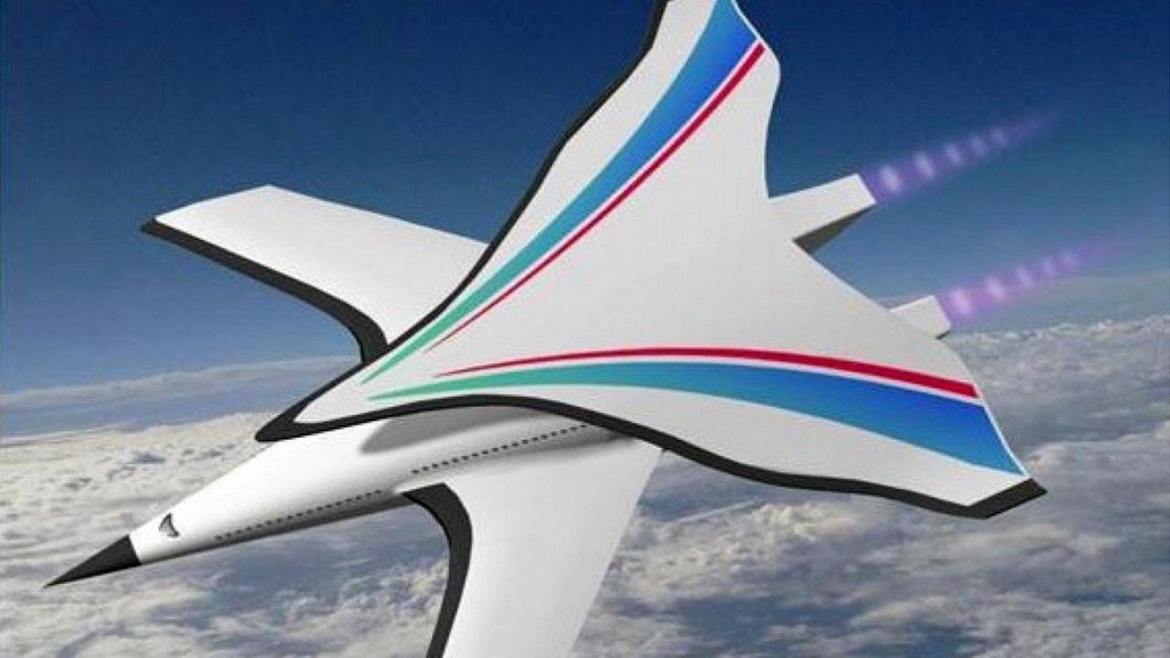In a remarkable breakthrough for aerospace technology, Chinese scientists have successfully tested a hypersonic jumbo jet prototype that could potentially redefine global transportation, positioning themselves at the forefront of a competitive international race to develop ultra-fast passenger travel.

During a test flight in August 2021 at the Jiuquan Satellite Launch Centre in the Gobi Desert, the prototype achieved an extraordinary speed of Mach 6.56 – over six times the speed of sound. This achievement stands in stark contrast to existing and proposed commercial aviation technologies, offering a potentially revolutionary approach to international travel.
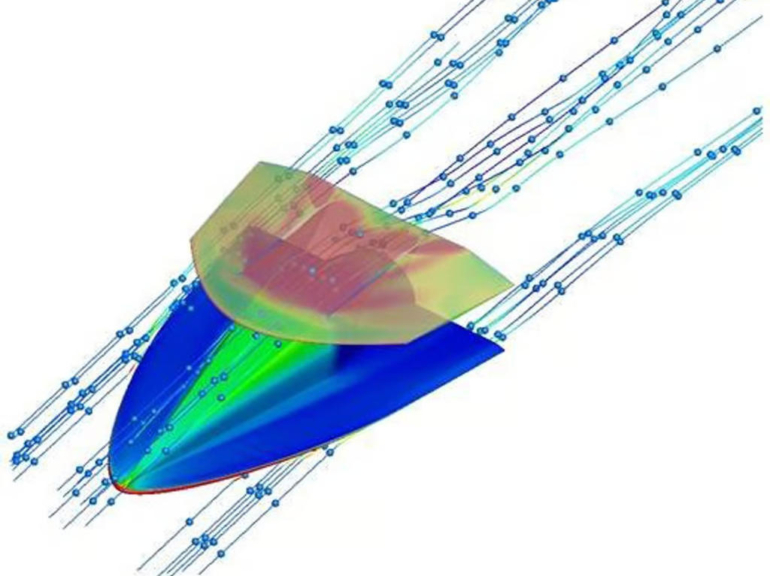
The prototype was first revealed six years ago, while the test flight was kept a secret for three years due to the technical sensitivity of the project. While China‘s prototype represents a unique approach, it enters a landscape already explored by several ambitious transportation programs, including Boom Supersonic’s Overture jet and SpaceX’s Earth to Earth Program. Elon Musk’s vision proposed using rocket technology to transport passengers between major global cities in under an hour. Unlike the Chinese hypersonic jet, SpaceX’s concept involves vertical takeoff and landing rockets that would exit the Earth’s atmosphere.
‘
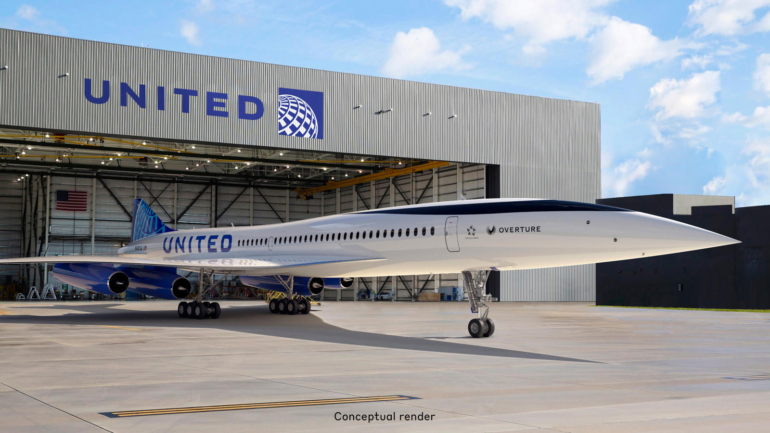
The Chinese prototype distinguishes itself with a unique design that challenges conventional hypersonic vehicle constraints. Unlike previous hypersonic vehicles that were typically slim and narrow, including the legendary Concorde, this aircraft features a fat, round fuselage with distinctive cape-shaped wings. This innovative approach potentially allows for passenger and cargo capacities comparable to modern jumbo jets – a critical differentiator from other high-speed transportation concepts.
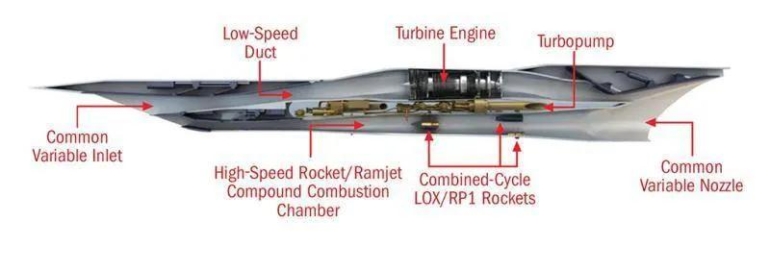
The project’s lead researcher, Cui Kai from the Institute of Mechanics under the Chinese Academy of Sciences, acknowledged the initial skepticism surrounding the concept. “At the time, everyone thought it was a crazy idea,” Cui revealed. “We faced almost universal doubt. Fortunately, we chose to persevere.” Cui’s team ingeniously addressed aerodynamic challenges by adding a broad wing surface that converts downward pressure at high speeds into upward lift. This design could potentially make a journey from Beijing to New York – currently a 13-14 hour trip – achievable in just two hours.
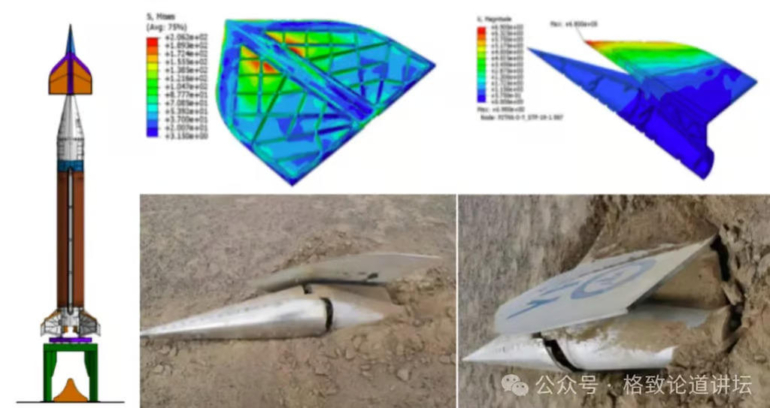
Despite the promising prototype, significant challenges remain. Cui emphasized that critical areas such as power systems, materials, and structural design require extensive further development. “We have only completed a small fraction of the work and taken a modest step forward,” he stated. The global race for ultra-fast transportation continues, with each approach offering unique technological challenges and potential breakthroughs. While SpaceX’s concept promises rocket-based global transit and Western supersonic jet programs aim for modest speed increases, the Chinese prototype represents a potentially revolutionary middle ground.
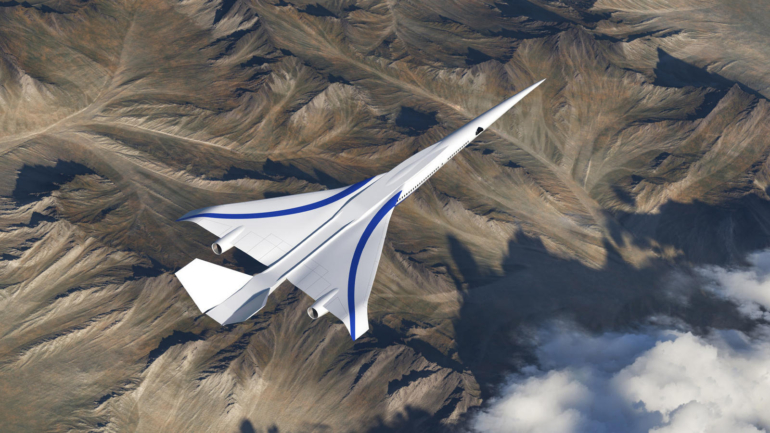
As development continues, the international scientific and aerospace communities will be watching closely, eager to see how this ambitious vision of hypersonic travel will evolve and potentially transform global transportation. The prototype serves as a testament to China’s growing technological capabilities and its commitment to pushing the boundaries of aerospace engineering, positioning the nation as a potentially pivotal player in the future of high-speed global transportation.
